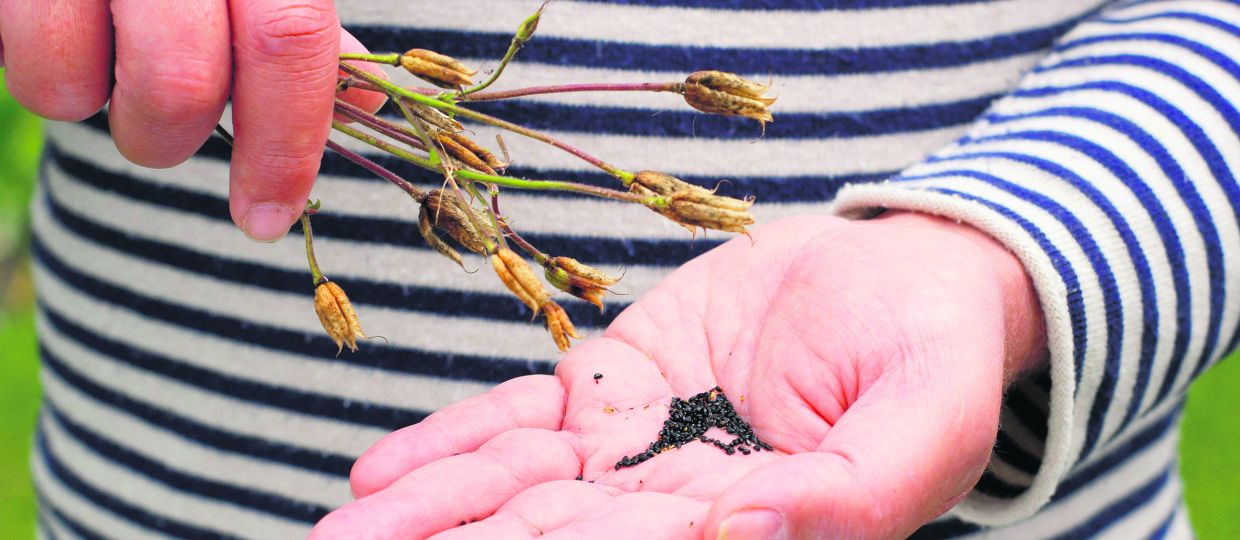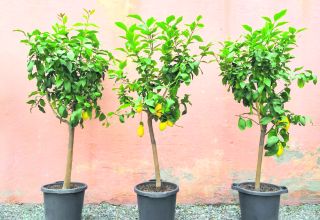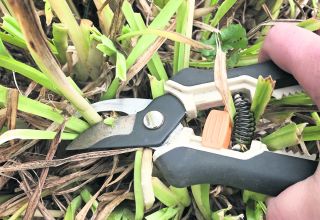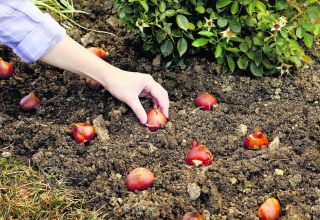The last of summer days can catch us all by surprise! In September certainly in recent years there have been hot days and there is still plenty of time to enjoy the abundance of the lighter months, but now is the time to think about change-over jobs. September is not all toil, though. It’s a time to take note and plan for next year, whether that’s visiting an inspirational nursery with a great display garden or scrutinising your own garden for gaps. Take photos on your phone, make notes and mark up the bits which haven’t gone as well as expected. Later in autumn, when you are digging up and dividing, you’ll have an excellent visual reference of what to move and what gaps need to be plugged. While there’s not as much to do in the ornamental garden at this time of the year, if you have a fruit or vegetable patch, you’ll be busy reaping the rewards of harvest. It’s also time to get out and start planting spring-flowering bulbs for next year and you can collect seeds for next summer’s colour too. Meanwhile, here are some jobs to be getting on with. And make the most of the remaining warmth while you can!
1. The perfect time to collect and store seeds
Growing plants from seed is generally straightforward and inexpensive. It is an opportunity to increase the number of plants in your garden for free- and September is the time of the year when you need to act.
Harvest your own seed is fun but takes a little understanding and planning:
Seedheads can ripen quickly, and must be watched carefully in order to collect the seed before they are dispersed.
As a rough guide, seed is set about two months after flowering.
Some seed is collected when well-developed but immature and green, such as Anemone nemorosa, calendula and Ranunculus.
Berries need to be collected before they are taken by birds.
The plants from which you collect seed must be healthy and vigorous. This will help ensure good quality.
Usually only species “come true” from seed – seedlings from a
Most seed germinate best if sown as soon as it ripens, whereas seed harvested while immature will not germinate.
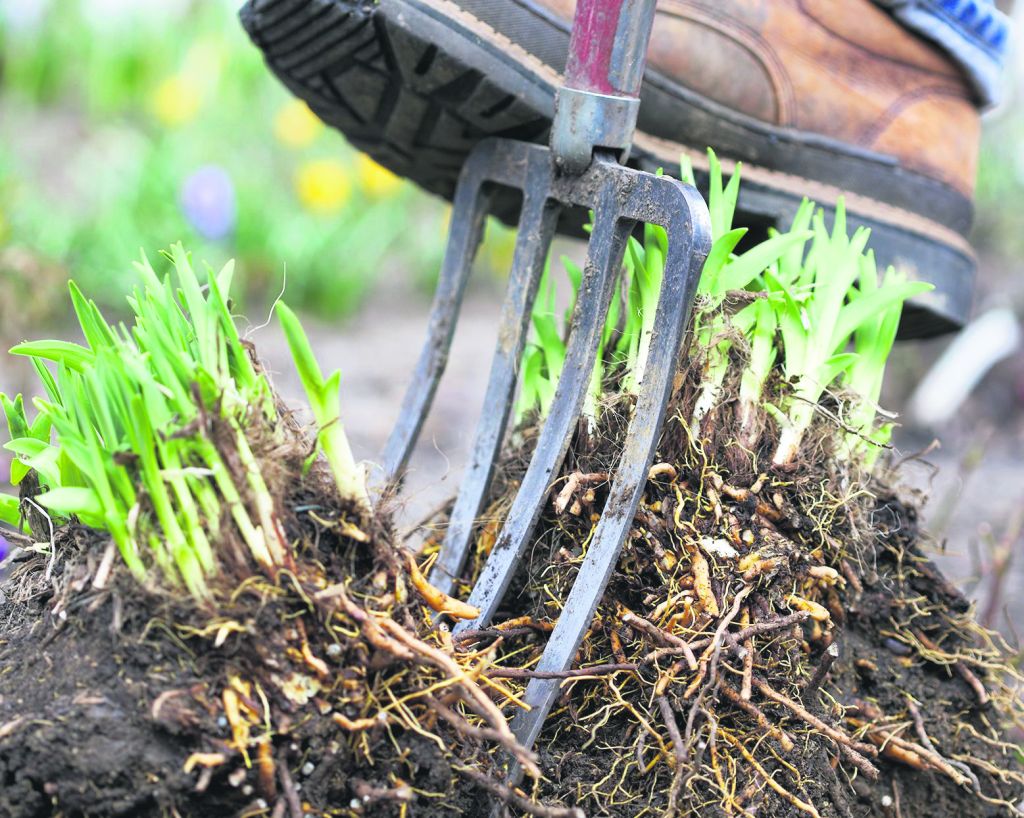
2. A key job lifting and dividing perennials
Dividing perennials regularly will ensure healthy, vigorous plants that will continue to perform year after year. It also offers the opportunity to multiply your plants.
Summer-flowering herbaceous perennials can be lifted and divided in September when they’ve finished flowering and the soil is still warm enough to aid new root development.
In fact, most perennials need to be divided every two to three years, otherwise they get too big for the space they’re in and become congested – it will also increase plant stock for free!
Gently dig out the plant with a fork to not sever plant roots. Once the plant is out, divide it in a way suitable to its type.
Small fibrous-rooted plants like hostas, can be gently teased into two with your fingers.
Larger fibrous-rooted varieties, such as hardy Pelargonium (Geranium), are best levered apart using two garden forks thrust back-to-back into the plant’s centre. This will separate the plant into two with minimal root damage. If the plant you’re dividing is especially big, you will need a good strong fork to get good leverage.
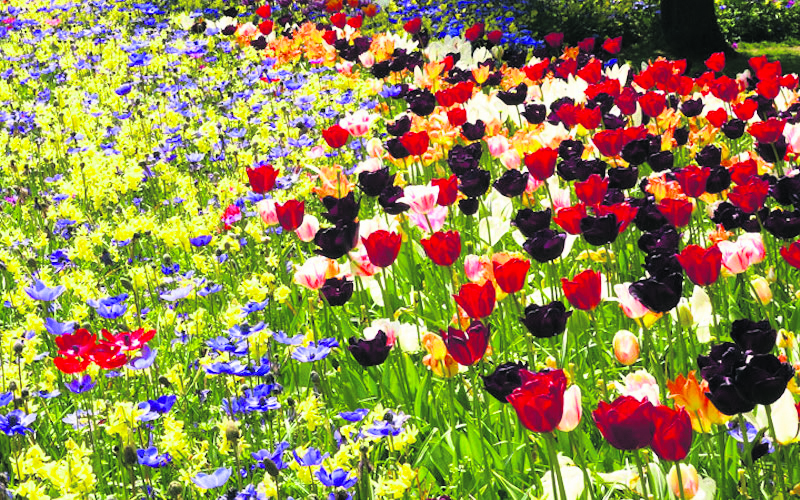
3. Don’t be caught out spring flowering bulbs need planting now
September is the ideal time to get hardy spring-flowering bulbs such as narcissus (daffodil), hyacinth and crocus in the ground. These bulbs will do best in a warm, sunny spot and they all love good drainage.
If you’re planting them in a bed or border, dig a hole about four times the depth of the bulb. Put a layer of sand and grit in the bottom of the hole to aid drainage.
Cover this with a little compost, then plant the bulbs under about two bulb’s worth of depth of soil.
Try to bunch six to ten bulbs together in one spot, placed one bulb’s width apart, or line a path them for an impressive display.
4. Protect your pots
During the gloomy, cold and wet months you will need to stop your potted plants from becoming waterlogged. Naturally, bedded plants don’t require any extra care due to the excess water just being soaked deeper into the soil. However, for potted plants this is not the case. You can prevent this from happening simply by buying some ‘pot feet’ or try propping your pots up on some old bricks or wood to allow the excess water to drain.
5. Clear waste and fallen leaves
Now is the ideal time to start looking at investing in a compost bin. Be prepared for when the leaves begin to fall this autumn, and your garden is full of golden leaves. Not only does filling a compost bin save you general bin space for the winter, it can also help save you money, making fertiliser and other chemical compounds redundant when the time comes to encourage new growth in your garden.
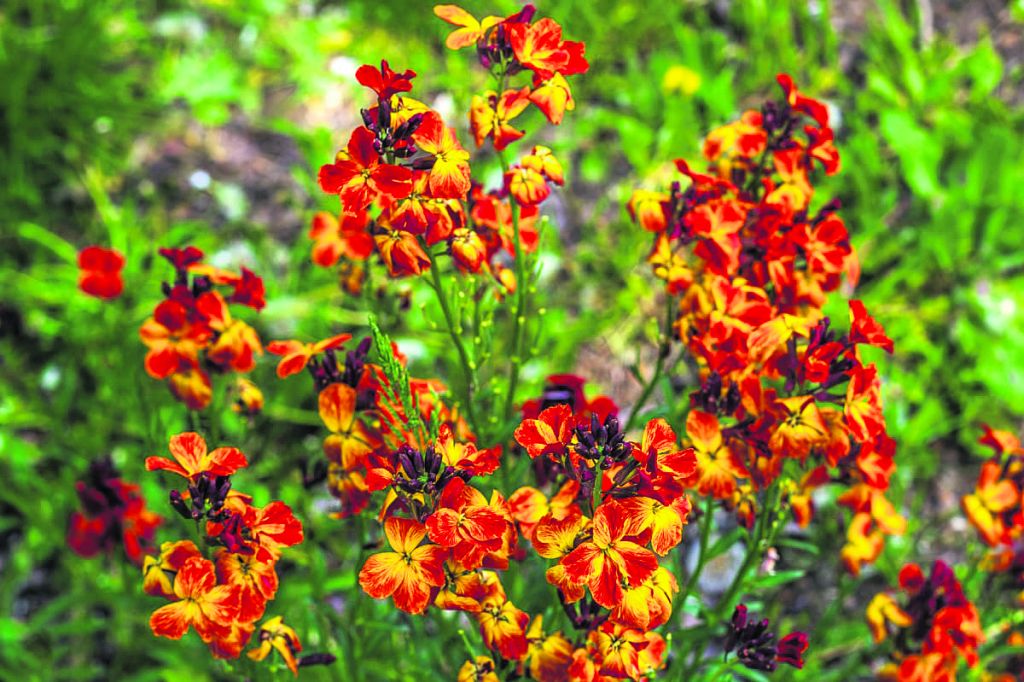
6. Wallflowers it’s not too late
September was once thought to be too late to sow wallflowers, but it is perfectly possible to direct-sow them in the first week of the month and, with no transplanting till spring, they should prosper. Ideally, sow them when you want them to flower and add tulips in between in a couple of months’ time for a fabulous spring show.
7. Ways to extend the tomato ripening weeks
Outdoor tomatoes are in danger of blackening overnight without protection, but experiment with cutting them down from their supports and laying them on fleece before you cover them with a polythene tunnel, so the fruit can continue to grow and ripen for a few more weeks. It is possible this way to enjoy at least three more weeks from our outdoor vines. You can ripen tomatoes by covering them with a polythene tunnel.
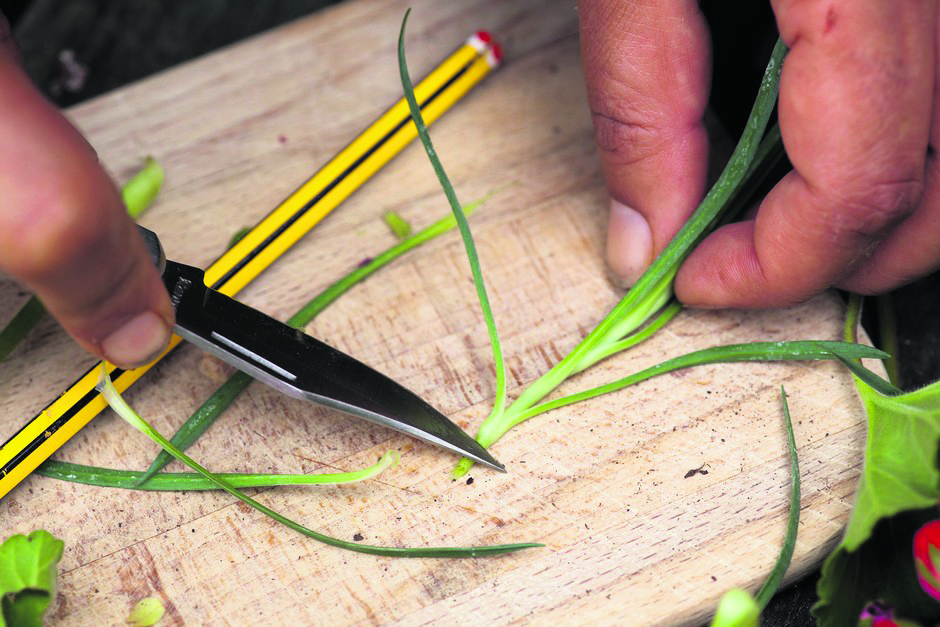
8. September and the focus is on taking cuttings
Taking cuttings is a brilliant way to grow more plants for nothing. And there’s something satisfying about nursing plants through from tender young shoots to fully-fledged plants for use in your own containers.
You’ll need to find strong, young growth that hasn’t flowered this year. Snip it off using pruning snips at an angle just beneath a leaf joint, leaving a stem of about seven cms in length.
Next, strip off the leaves from the lower stem, leaving just one or two pairs towards the top. This will help to prevent the plant from losing too much water via its leaves while it has no roots to take moisture up from the soil.
Dip the end of the cutting in hormone rooting powder and plant in compost mixed with a little horticultural grit for drainage. This will help to prevent the end from rotting and promote good root growth.
Put the plants in a propagator and cover them with a plastic bag to help retain moisture.
Place the cuttings somewhere bright and warm, but keep them out of direct sunlight until roots have formed (about six to ten weeks).
It’s a good idea to mist plants daily to ensure their water needs are met while they are still rootless.
9. Plant a hedge
September is the perfect time for planting hedges. The soil is still warm and there is usually plenty of rain. It’s traditional to plant a mixed native hedge in the spring, but you can have success with autumn planting here. Evergreen hedging can be planted now, too, but don’t leave this any later than October as plants may be damaged by frost.
10. Order garlic and onions
Garlic and overwintering onions are planted out from now till the end of October but get your order in as soon as possible or you will be picking over the spoils. Get used to regularly overwintering onions; try ‘Japanese Shensyu Yellow’, and ‘Radar’ for red onions. Garlic does best planted out as early as you can; ‘Solent Wight’ and ‘Cristo’ are both reliable and hardy. Onions need to be spaced 20cm apart each way; garlic is best at 18cm each way. Choose your sunniest spot.
11. Potatoes out: green manure in
When you think you’ve harvested your last potatoes, carefully dig over the veg bed, collect those that were still lurking under the surface, and then dig over ready to plant some green manures. These green manures are useful in many ways; they protect the soil from erosion over winter, reducing the potential of any leaching of mineral and nutrients, and protect soil structure, as well as boosting nutrients when dug into the soil. They also provide a green carpet that helps provide shelter for beneficial insects through the winter, such as ground beetle, and if you leave a patch to flower they are loved by pollinators – Phacelia tanacetifolia for example, is one of the best nectar sources for the honeybee, bumble bee and hoverfly.
12. PLUS
- Continue to feed tomato plants until all the fruits have finished growing and ripening. If your tomatoes refuse to ripen in miserable weather, then you could make a delicious green tomato chutney.
- Sow spring onions – these will be ready to eat before the frosts get going in most parts of the country. Even if frosts are forecast, they are fine under glass or plastic to harvest through late winter and autumn.
- Remove any crops that have finished leaving unneeded areas clear – weeding and tidying for the winter. Keep an eye on your brassicas for butterfly eggs and caterpillars; these will most probably be under the leaves.
- Sow Swiss chard, winter spinach, broad beans and hardy peas.
- Squash and pumpkins need to be well watered if the weather is hot. This will prevent their growth from being checked. Use stored rainwater wherever possible. Keep pinching out the tips of triffid-like pumpkins and squash. They prioritise vegetative growth over fruit formation, and you may get fruit drop if you don’t keep them contained. With the tips pinched, all the fruit down to the base of the stem will now be ripening well. Place a tile under the largest fruit to stop rot creeping in where they sit on the damp soil. Leave pumpkins, squash and marrows to ripen in the sun if possible so that the skin can harden.
- Do a last outside sowing of radish. With the soil still warm and moist with dew, you should be eating them in four to five weeks.

